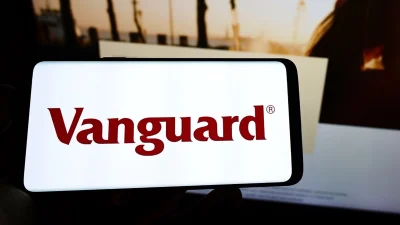ESG analysis will be crucial for green infrastructure


A rigorous approach to environmental, social, governance (ESG) analysis will be necessary to manage risks and capitalise on opportunities from green infrastructure, according to RARE Infrastructure’s portfolio manager, Nick Langley.
In the wake of the COVID-19 pandemic and as governments were mitigating the public health crisis and supporting economies through monetary and fiscal policy, there was an expectation that there would be further investments in infrastructure.
Langley said he expected a stronger focus on smaller projects aimed at increasing the money supply and stimulating, in particular, smaller communities and regional centres.
According to him, in the longer term, there would be also several positive drivers for infrastructure as an asset class due to a need to lower carbon emissions and the importance of upgrading and building new infrastructure to achieve lower emissions targets.
“And part of the world’s response to the pandemic, increasing the urgency of balancing stakeholders in business operations, also looks to be a positive for infrastructure’s outlook,” he said.
“Partly, this is because infrastructure companies are well-positioned to manage a balance of stakeholder and shareholder interests that is a key tenet of the corporate response to the pandemic.
“The tilt toward managing stakeholder interests has been accentuated by the crisis, as companies have found themselves needing to help employees, customers and the general public during difficult times.”
RARE’s Infrastructure’s paper “The push for sustainable infrastructure” also revealed that while public policy would play a significant role in funding lower emission infrastructure, the world would rely to a large extent on the private sector to fund many initiatives, such as user-pays and regulated infrastructure.
“We believe it will be advantageous to be in the listed infrastructure space where capital can be allocated nimbly as public policy develops, affecting infrastructure valuations,” it said.
Recommended for you
Global X has painted a worrying picture for active ETFs in Australia, with investor adoption proving uneven and the popularity of its low-cost index counterparts only growing stronger.
Australian equity ETFs attracted record inflows of $3.2 billion in 1Q25, while heightened volatility led to a decline in flows for global equity ETFs, according to Vanguard.
The failure of a clinical trial by biotech firm Opthea has caused shares in its backer Regal Partners to decline 52 per cent year-to-date and hit its funds under management, quarterly flows show.
GQG Partners has revealed its quarterly flows for the first three months of 2025 were up 5.8 per cent, after a difficult final quarter of 2024 as a result of institutional redemptions.















